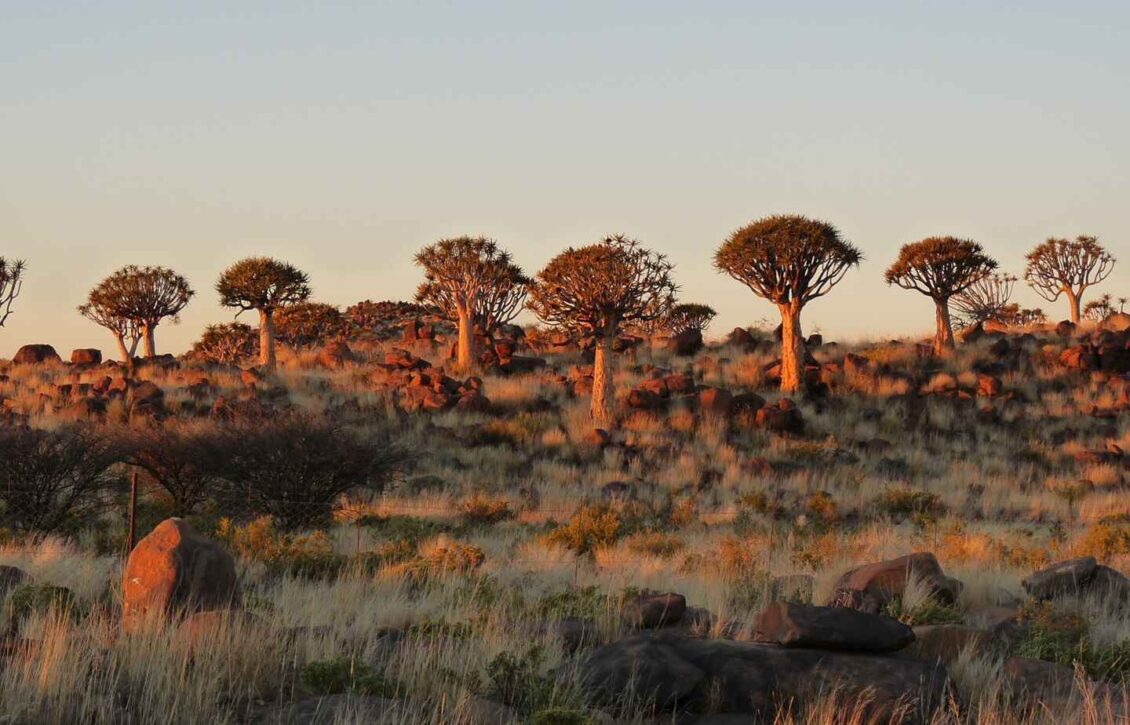Plant life becomes more diverse in drier areas of the world as it adapts to more arid conditions, according to a new study that has surprised scientists.
A team of researchers from 27 countries, including an expert from Aberystwyth University, worked for eight years collecting samples from several hundred plots across six continents to determine how plants have adapted to these extreme environments.
45% of the land surface of the Earth is drylands, but 90% of the existing research on plant diversity comes from farmland or temperate climates.
The findings, published in Nature, show that plants in arid zones adopt many strategies to cope with the dry conditions, and that the diversity of these strategies increases the drier it gets.
The team had thought that aridity would reduce the diversity of plants, leaving only those species capable of tolerating extreme water scarcity and heat stress. So, they were surprised that they found the opposite to be the case – plant diversity increases with aridity.
The study finds that the isolation of plants in arid zones reduces competition between species, giving them the freedom to develop unique diversity of forms and functions.
Professor Andrew Thomas from the Department of Geography and Earth Sciences at Aberystwyth University said:
“It really is a surprise that we see greater variety as the land gets drier. The world’s drylands are critically threatened by increases in aridity, grazing and desertification. So, we need to understand how plants will respond to these pressures to predict future changes.”
“Plants in arid zones display an impressive range of forms, sizes and functions. For example, some plants have developed high calcium levels, strengthening cell walls as a protection against desiccation. Others contain high concentrations of salt, reducing water loss through transpiration. The numerous ways in which plants cope with aridity is remarkable.”
The study found that there is an abrupt increase in plant trait diversity and decrease in plant cover when annual rainfall drops below 400 millimetres.
This may be because of ‘plant loneliness’, where increased isolation and reduced competition for resources produces globally unique plant traits and functional diversity. It could also reflect their complex and lengthy evolution, dating back to when plants settled on land more than 500 million years ago.
Professor Thomas added:
“The Earth is home to a diversity of plants with highly varied forms and functions, and our study sheds new light on our understanding of how plants respond to current global changes. This study reminds us of the importance of drylands as a global reservoir of functional diversity in plants. It provides a fresh lens through which to view plant architecture, the adaptation of plants to extreme habitats, historical plant colonisation of terrestrial environments, and the capacity of plants to respond to current global changes.”








Leave a Reply
View Comments